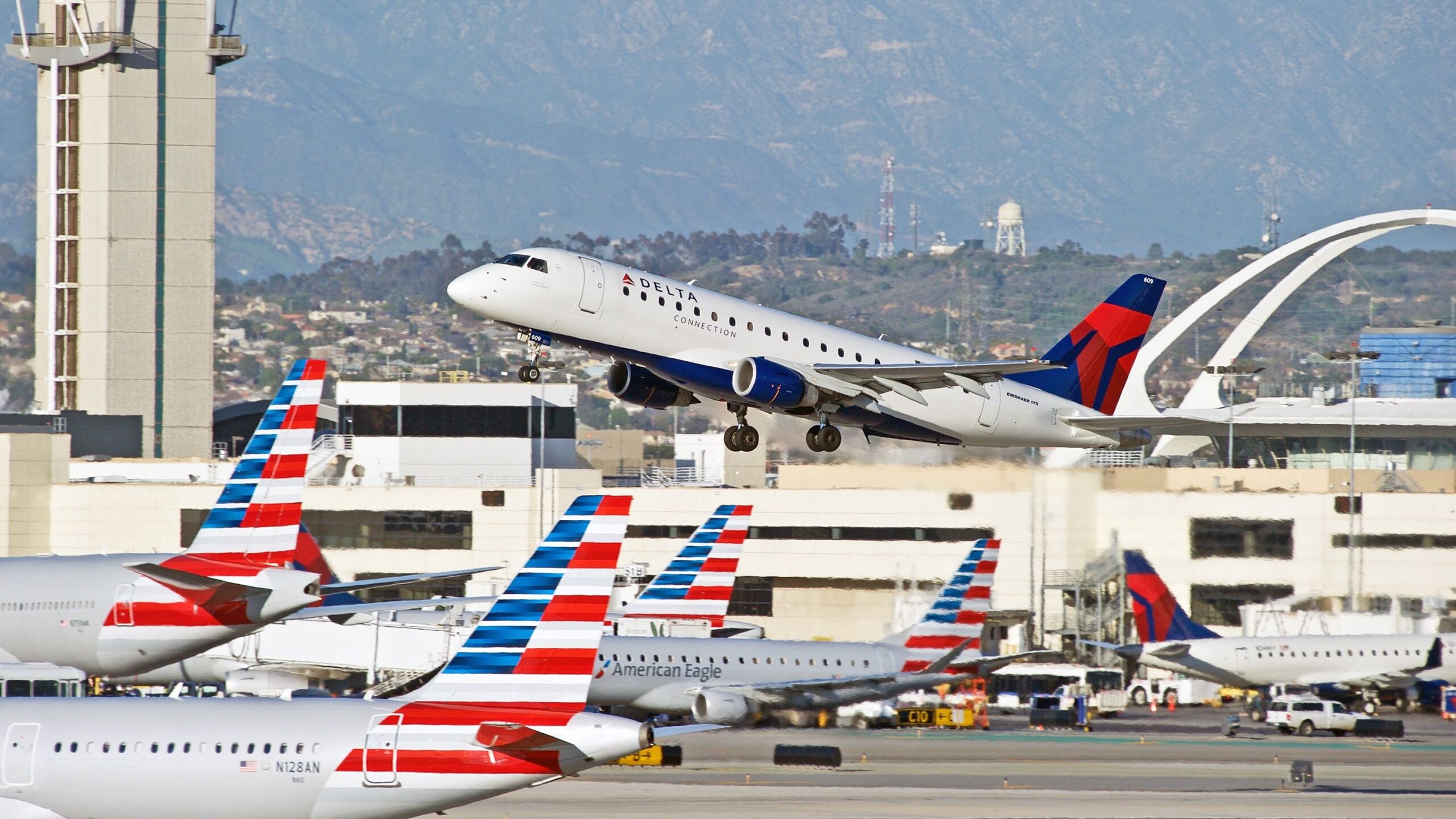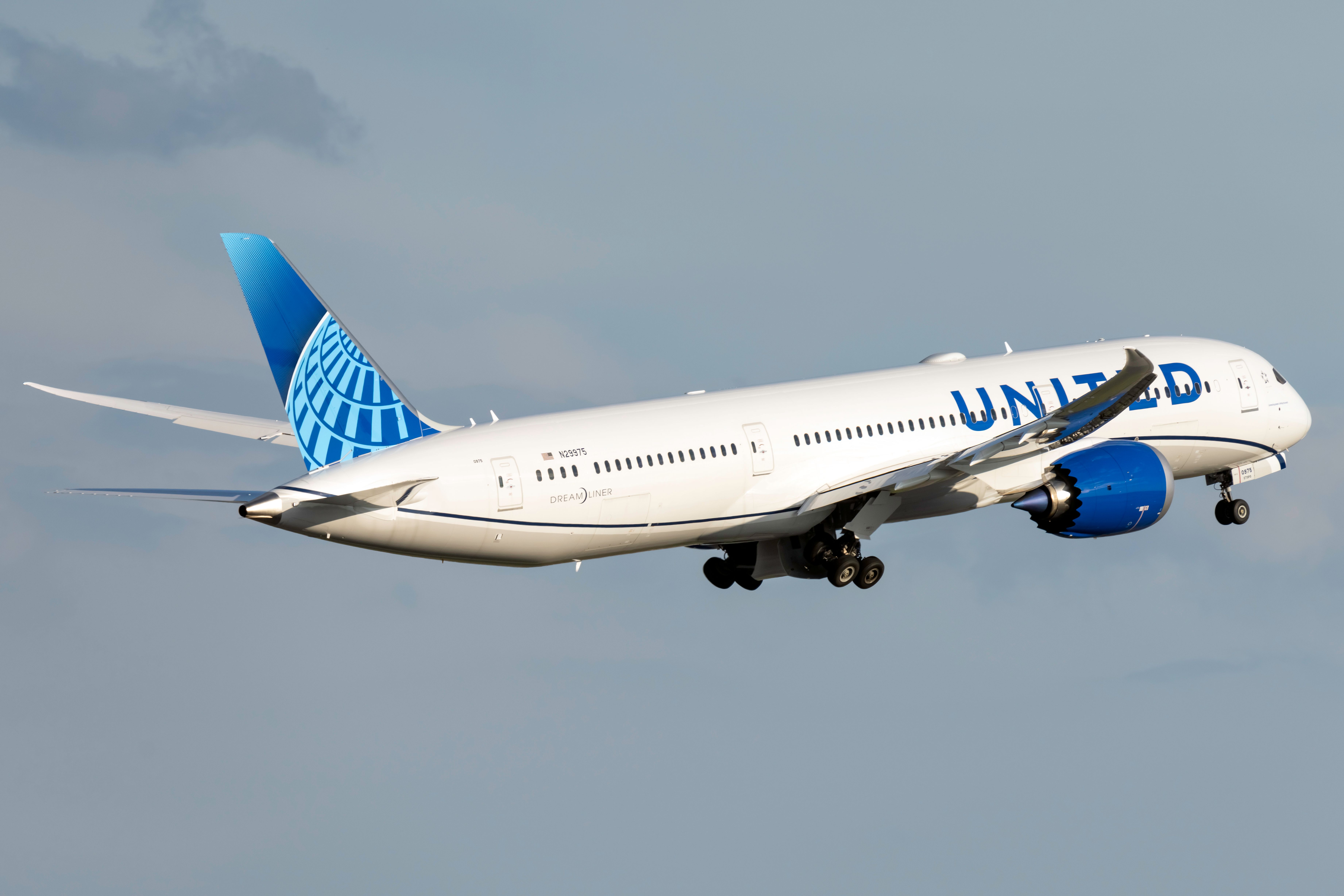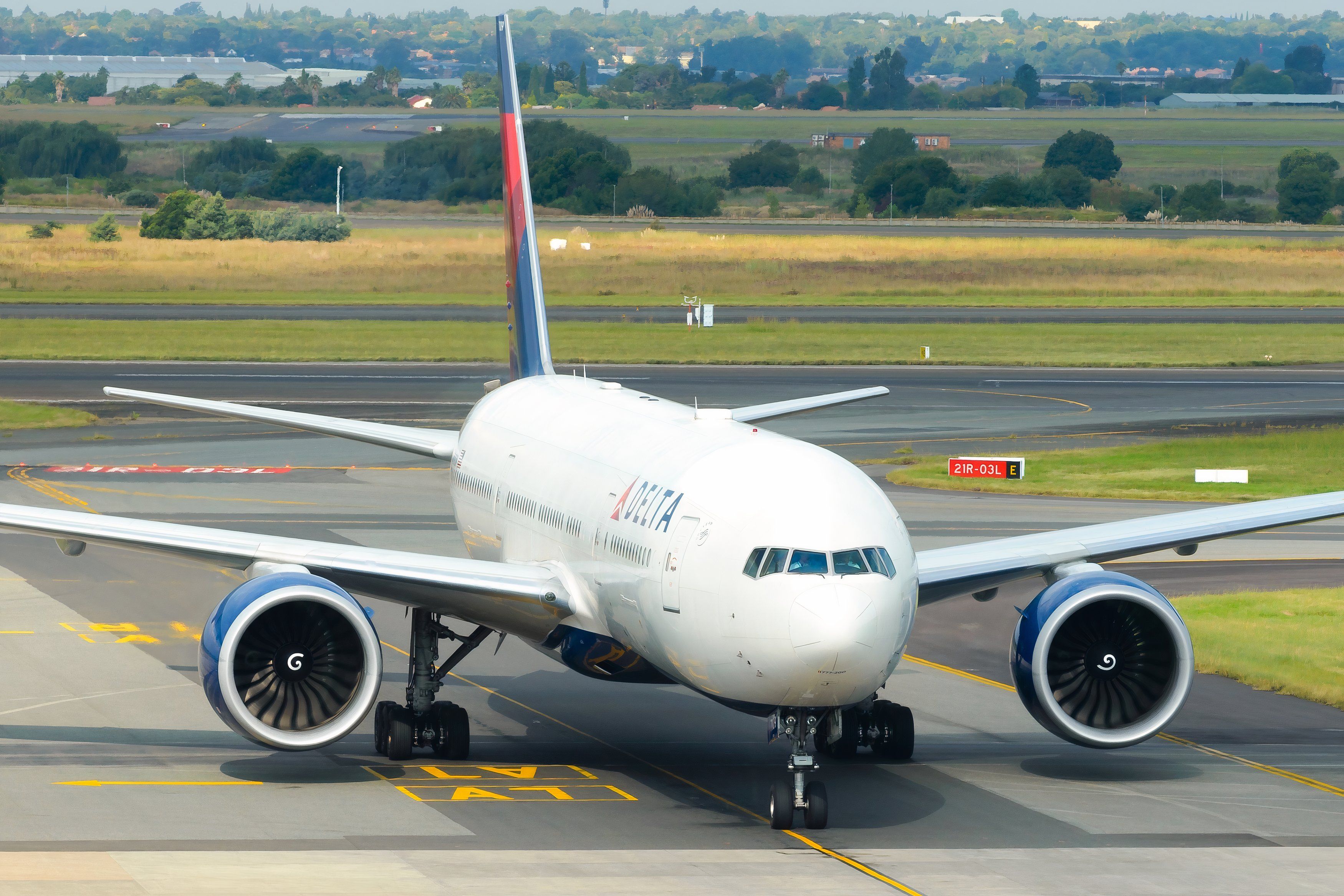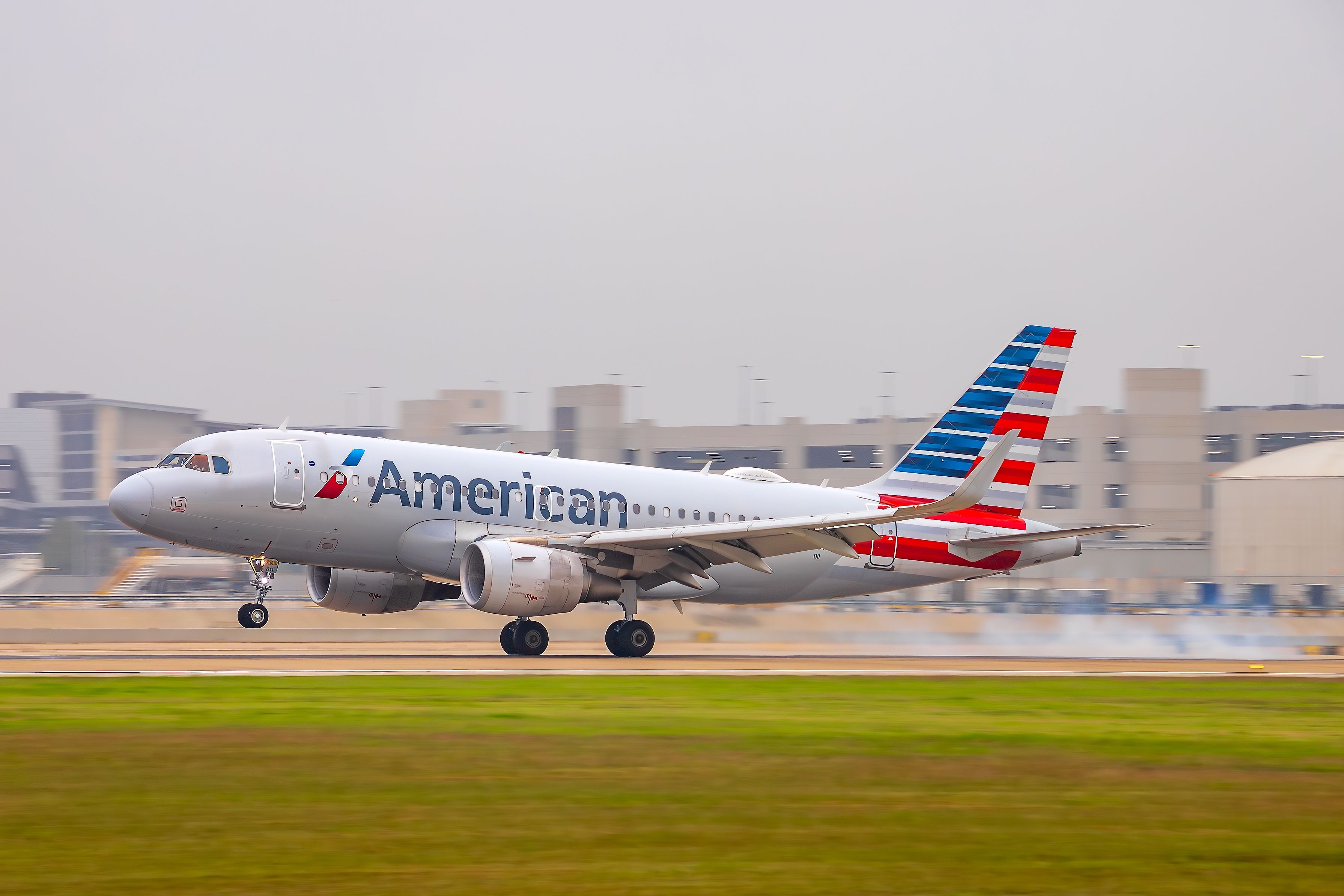US airlines collectively earned 5% more revenue during the first half of 2024 compared to the previous year. However, despite cheaper fuel costs, overall operating costs were up, including more expensive airport landing fees, staff salaries and maintenance.
US airlines post $115.4bn half-year revenue
According to a report by Airlines for America (A4A), US carriers earned $115.4 billion in revenue for the first six months of 2024, a 5% year-on-year increase. 89.1% of its profit was derived from passenger flights, while cargo made up a small 1.5% of total revenues. The Other category includes revenue such as inflight sales and the sale of frequent flier miles, making up 9.4% of total revenues.
|
$ (Billions) |
YOY Change (%) |
|
|
Passenger |
102.7 |
4 |
|
Cargo |
1.8 |
1 |
|
Other |
10.8 |
12 |
|
Total |
115.4 |
5 |
Photo: Vincenzo Pace | Simple Flying
Revenue Passenger Miles (RPM) were up by 6.7% year-on-year, although yields were down by 2.4%, with fares being sold cheaper due to an oversupply of flights. The report by A4A was compiled with data from the country’s ten largest airlines – Alaska, Allegiant, American, Delta, Frontier, Hawaiian, JetBlue, Southwest, Spirit and United. In all, these airlines posted a slim 2.7% pre-tax margin – this makes the average corporation in the US 6.5 times more profitable than the airline industry.
Delta Air Lines has been one of the best-performing airlines so far this year, most recently posting Q2 revenues of over $2.3 billion to add to record Q1 revenues. Despite also achieving record revenues this year, American Airlines hasn’t been able to turn a profit, with the airline’s CEO recently expressing disappointment over its Q2 performance.
Operating cost increase
US airlines incurred total operating expenses of $110.1 billion during this six-month period, which is 7% more than last year. This is despite airlines paying around 5% less for fuel per available seat mile – among the more notable operating cost hikes include maintenance (up 11%), airport costs (up 17%) and net interest expenses (up 27%). The biggest expense – salaries, wages and benefits – was also up by 9% at $35.8 billion.
Photo: Thiago B Trevisan | Shutterstock
Between 2001-2023, US airlines recorded a narrow 0.4% pre-tax profit margin. This includes the post-9/11 period from 2001-2009, when airlines collectively lost $68.6 billion; 2010-2019, which saw $118.9 billion in profits; and the pandemic-era from 2020-2023, which led to heavy losses of $36.1 billion.
Following the slowdown during the COVID pandemic, airlines embarked on massive recruitment sprees as they sought to re-establish their pre-pandemic capacity as quickly as possible. Since 2021, US carriers have added almost 200,000 new jobs – however, there are now signs of this recruitment slowing down significantly, particularly as airlines face aircraft delivery delays.
Photo: lorenzatx | Shutterstock
Despite facing some issues this summer – notably the CrowdStrike IT outage – US carriers were able to maintain a relatively low cancelation rate and look set to continue their strong performance in the second half of the year.




